About Us | Blog | FAQs | Tips/Troubleshoot | Contact Us | Machine Manuals | Demo Videos
Innovative Vacuum Packer Technologies to Transform Food Preservation at 2025 Canton Fair
The evolution of food preservation technologies is crucial in addressing the growing concerns about food waste and sustainability in the global market.
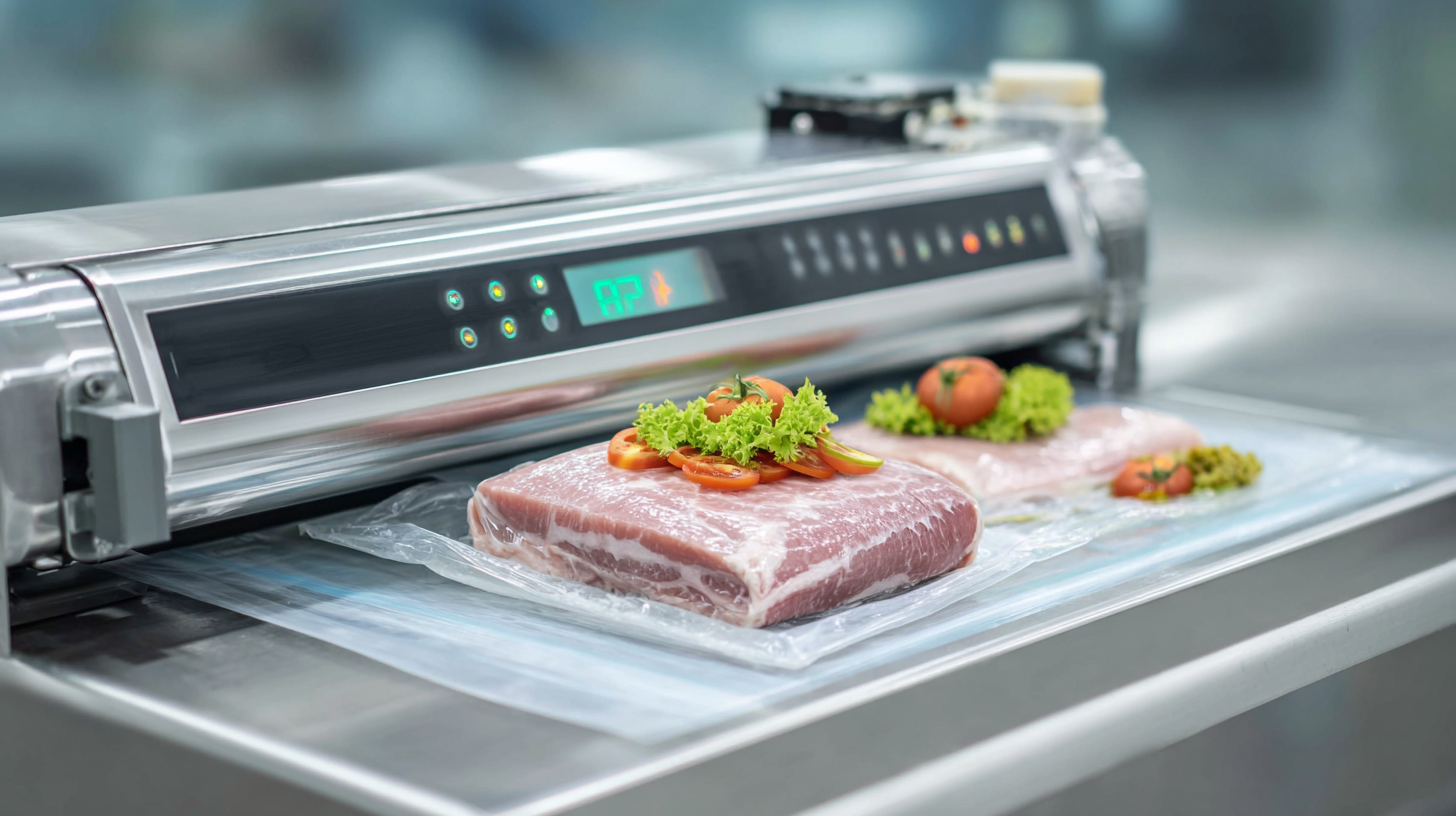
Among these innovations, vacuum packer technology stands out as a key player, offering effective solutions to extend the shelf life of food products. According to a recent report by MarketsandMarkets, the vacuum packing market is projected to reach USD 2.61 billion by 2025, growing at a significant CAGR of 6.3% from 2020 to 2025.
With the upcoming 138th Canton Fair in 2025 showcasing the latest advancements in vacuum packer systems, industry professionals will have the opportunity to explore cutting-edge developments that can enhance food quality and safety. These technologies not only preserve food freshness but also contribute to reducing environmental impact, aligning with consumer trends toward sustainability and healthy eating.
As stakeholders gather to discuss future innovations, the role of vacuum packers in transforming food preservation practices is more critical than ever.
Table of Contents
[Hide]
Emerging Trends in Vacuum Packing Technologies Showcased at Canton Fair 2025
At the 2025 Canton Fair, the spotlight is set to shine on groundbreaking innovations in vacuum packing technologies that are reshaping food preservation methods. Emerging trends showcase advancements such as smart vacuum sealers equipped with artificial intelligence, which optimize the sealing process based on the food type and moisture content. These devices not only enhance the longevity of perishable goods but also improve the overall quality of the preserved food, making them essential tools for both home cooks and professional chefs.
Another notable trend is the integration of eco-friendly materials in vacuum packing solutions. As sustainability continues to be a priority, manufacturers are developing biodegradable films and reusable vacuum bags that reduce plastic waste without compromising performance. This shift aligns with growing consumer demand for environmentally conscious products, positioning vacuum packing technologies as a competitive edge in the food industry. The Canton Fair serves as a vital platform for showcasing these innovations, allowing industry players to explore new opportunities for enhancing food preservation while addressing environmental concerns.
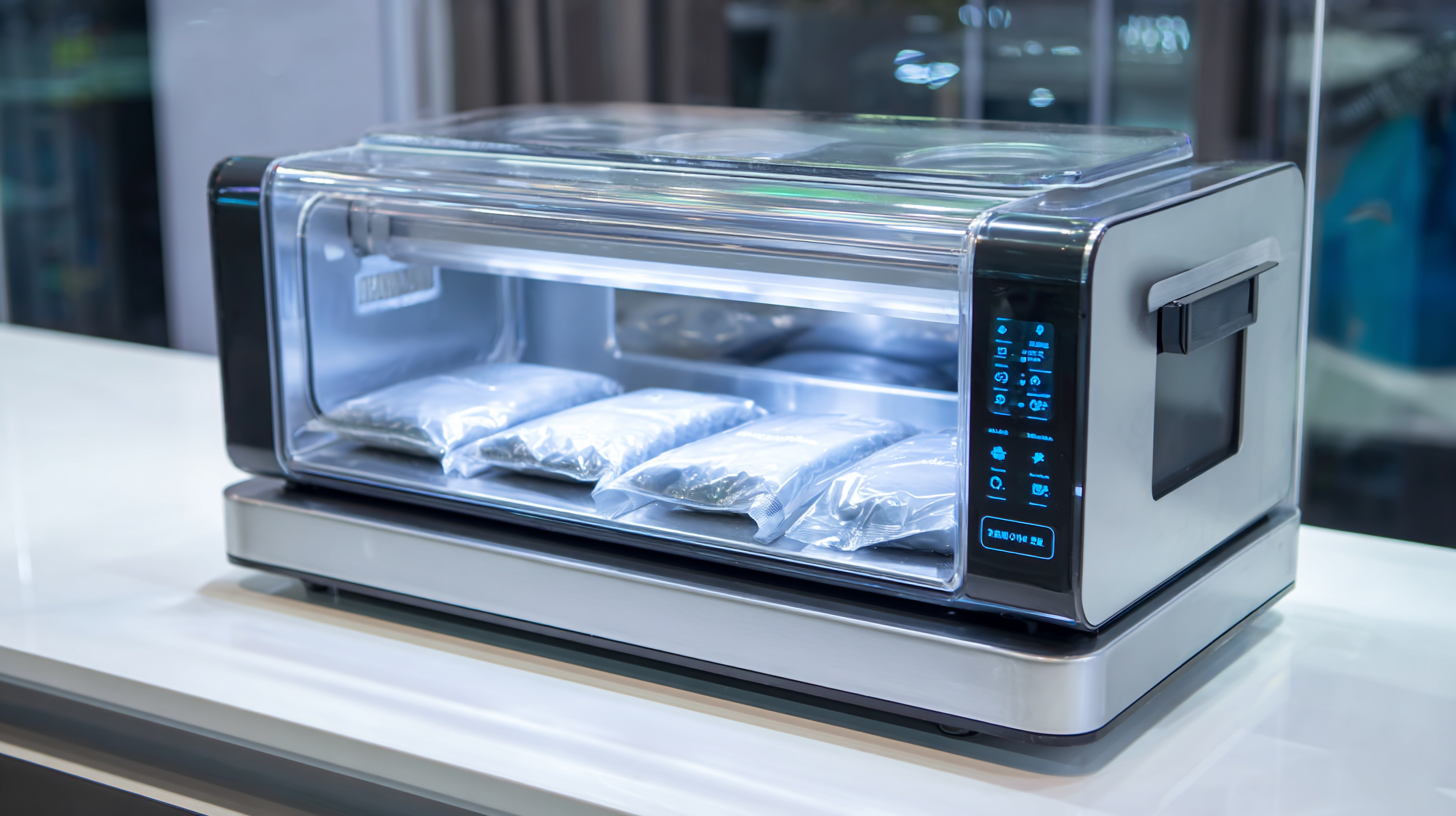
Impact of Innovative Vacuum Packers on Food Preservation Techniques
The evolution of vacuum packer technologies is poised to significantly impact food preservation methods, particularly as showcased at the upcoming 2025 Canton Fair. With advances in vacuum packing extending the shelf life of perishable goods, the food industry is witnessing a paradigm shift. According to a report by Grand View Research, the global vacuum packaging market was valued at approximately $30 billion in 2022 and is projected to grow at a compound annual growth rate (CAGR) of 4.3% from 2023 to 2030. This growth is fueled by increasing demand for convenient and ready-to-eat food products that maintain their quality through enhanced preservation techniques.
Innovative vacuum packers now employ advanced technologies that not only remove air but also preserve nutritional content and flavor. Research published in the Journal of Food Engineering indicates that food stored using vacuum packaging can retain up to 90% of its original quality during long-term storage. The integration of smart sensors and automated processes in these systems further optimizes the packaging process, leading to reduced food waste and improved food safety. As these technologies become more accessible, they are likely to revolutionize traditional food preservation approaches, enabling both manufacturers and consumers to benefit from longer-lasting, high-quality food products.
Comparative Analysis of Traditional vs. Modern Vacuum Packing Solutions
As the world embraces innovation in food preservation, a comparative analysis of traditional versus modern vacuum packing solutions reveals significant advancements. Traditional vacuum packing methods, while effective, often struggle with efficiency and product longevity. In contrast, modern technologies leverage advanced materials and automation, resulting in enhanced sealing capabilities and extended shelf life. According to industry reports, the vacuum packaging machine market is projected to reach $445.4 million in 2024, with an impressive growth to $887 million by 2032, indicating a compound annual growth rate (CAGR) of 8.9%. This surge suggests a growing preference for innovative solutions in the food industry.
Tips for selecting the right vacuum packing technology include assessing the specific needs of your products and considering factors such as packaging speed and reliability. Additionally, explore energy-efficient options that not only reduce operational costs but also appeal to environmentally conscious consumers. Ultimately, modern vacuum packing solutions not only enhance food preservation but also optimize the entire packaging process, ensuring better product quality and customer satisfaction.
Moreover, keeping abreast of the latest advancements can give businesses a competitive edge. Investing in modern vacuum packing technology is no longer just a choice; it is an essential strategy for businesses aiming to thrive in the dynamic food industry landscape.
Innovative Vacuum Packer Technologies Comparison
This chart compares traditional and modern vacuum packing technologies in terms of shelf life extension and energy consumption. Modern vacuum packing solutions significantly enhance food preservation duration while being more energy-efficient.
Sustainability and Eco-Friendly Practices in Vacuum Packing Innovations
The 2025 Canton Fair promises to showcase groundbreaking vacuum packing technologies that emphasize sustainability and eco-friendly practices. As concerns over plastic waste grow, innovations in vacuum packing are stepping up to meet the demand for greener solutions in food preservation. Companies are now developing biodegradable packaging materials and energy-efficient vacuum systems that reduce carbon footprints. These advancements not only extend the shelf life of food but also minimize environmental impact, aligning with global efforts toward sustainability.
Tips for choosing eco-friendly vacuum packing solutions include looking for brands that use recyclable or compostable materials. Additionally, consider systems that offer energy-efficient operations to lower electricity usage. It’s crucial to check for certifications that indicate adherence to sustainability standards, ensuring that your food preservation efforts contribute positively to the environment.
Embracing these innovative technologies at the Canton Fair not only promotes better food preservation methods but also encourages a more sustainable approach to food packaging. By prioritizing eco-friendly practices, the food industry can significantly reduce its environmental footprint, benefiting both producers and consumers alike.
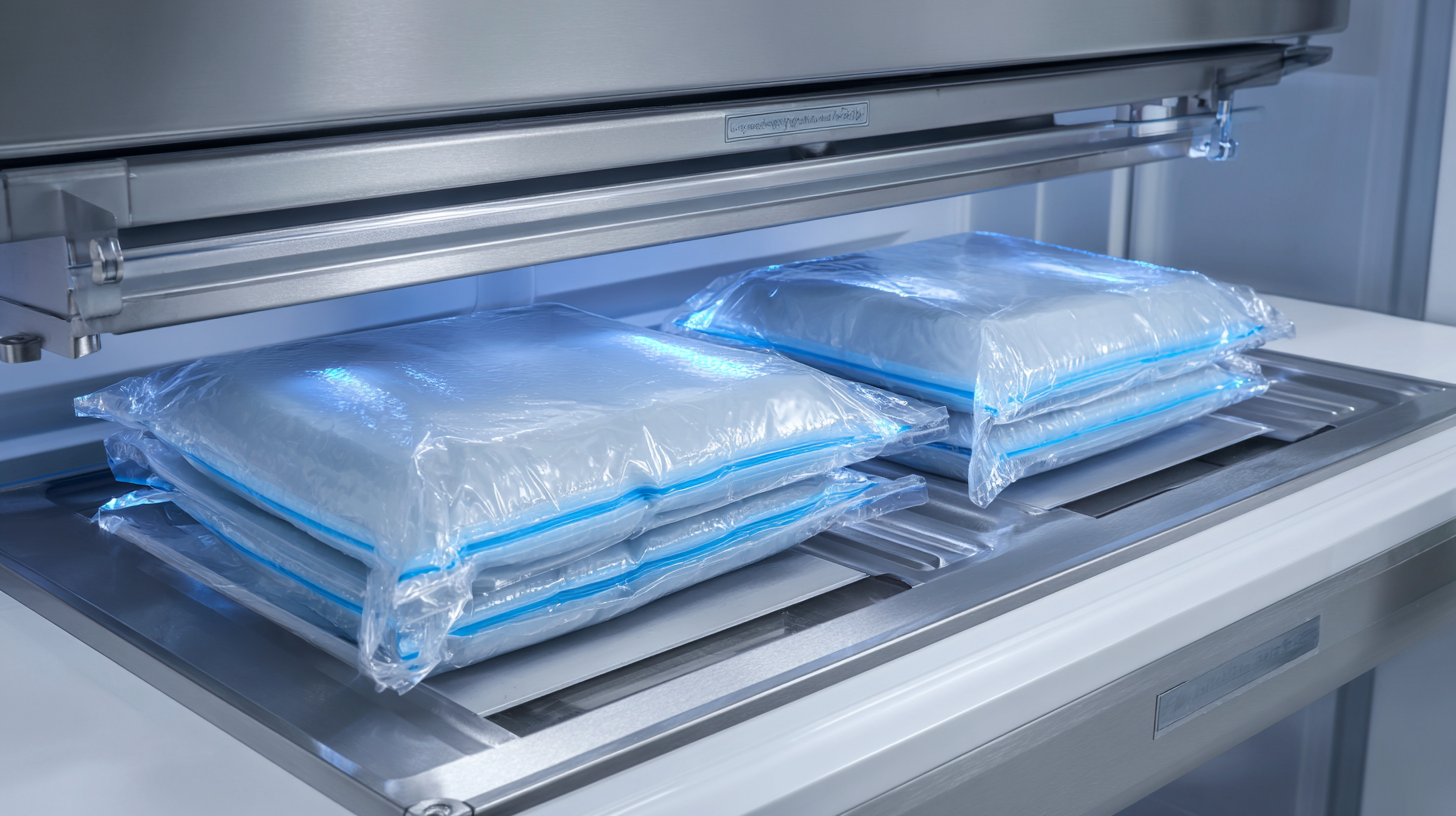
Future Prospects: How Vacuum Packing Will Shape the Food Industry by 2025
As the food industry evolves, innovative technologies in vacuum packing are poised to significantly reshape food preservation practices by 2025. Vacuum packing not only extends the shelf life of perishable goods but also enhances food safety and quality by minimizing oxidation and microbial growth. The integration of sustainable packaging solutions will create substantial growth opportunities, reflecting a growing awareness among consumers and manufacturers about environmental impact.
In the pharmaceutical sector, there is a notable shift towards the use of recyclable and biodegradable plastics to combat the adverse effects of traditional packaging waste. These eco-friendly materials can break down within three to six months, aligning with global efforts to reduce pollution. Similarly, the spice market, particularly focusing on star anise, is undergoing a profound transformation. As its market value redefines amidst a broader expansion in the natural spice sector, the innovative approaches to packaging will further drive its appeal and sustainability, catering to the demands of both culinary and health-conscious consumers.
Related Posts
-

Ultimate Guide to Choosing the Best Food Sealer Machine for Your Kitchen
-

Challenges with Finding the Best Meat Chamber Vacuum Sealer for Your Needs
-
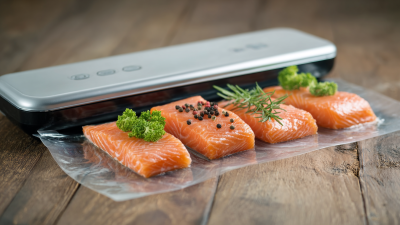
Future Trends in Best Professional Vacuum Sealer Industry by 2025 and How to Maximize Your Investment
-
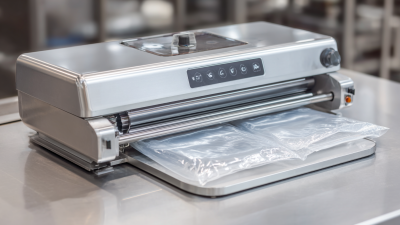
How to Identify Superior Suppliers for the Best Commercial Vacuum Packing Machines
-
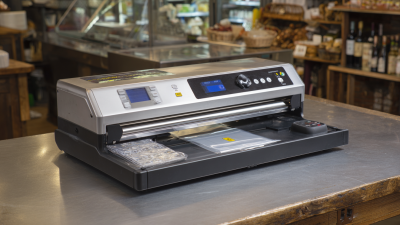
Solutions for Efficient Packaging: Unlocking the Benefits of the Best Double Chamber Vacuum Sealer
-

Unlocking Global Trade: Why Our Best Chamber Vacuum Sealers Set the Standard for Exports

